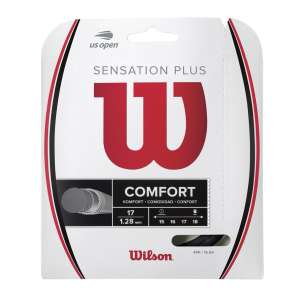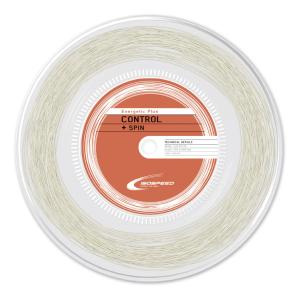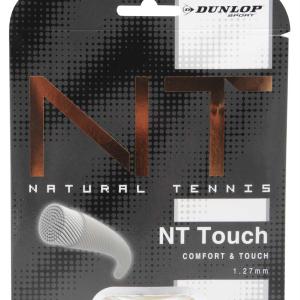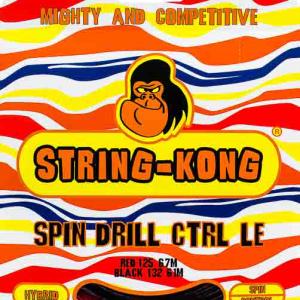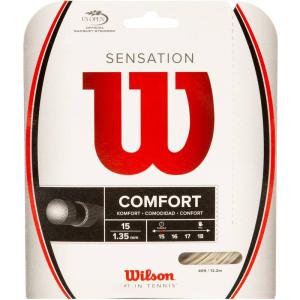Multifilaments
Multifilament strings are made of hundreds or thousands of microfilaments woven together and coated with a protective layer. This structure makes them particularly flexible and similar to natural gut in terms of comfort and feel.
Main Advantages
- High comfort: they effectively absorb vibrations, reducing stress on the arm and joints. Ideal for those suffering from tennis elbow.
- Power: their elasticity allows players to generate powerful shots with less effort, perfect for smooth, non-aggressive swings.
- Feel and touch: they provide good feedback on ball impact, enhancing control and precision.
- Better tension maintenance: compared to monofilaments, they retain tension longer, offering more consistent performance.
Disadvantages
- Lower durability: they tend to wear out faster, especially when used by powerful players or those who hit with a lot of spin.
- String movement: strings can shift during play and may require frequent realignment to maintain optimal performance.
Usage Tips
Multifilament strings are recommended for:
- Amateur or intermediate players seeking comfort and power.
- Players dealing with joint or muscle pain.
- Young or developing players.
To enhance durability and performance, they can be used in a hybrid setup with monofilament strings.


